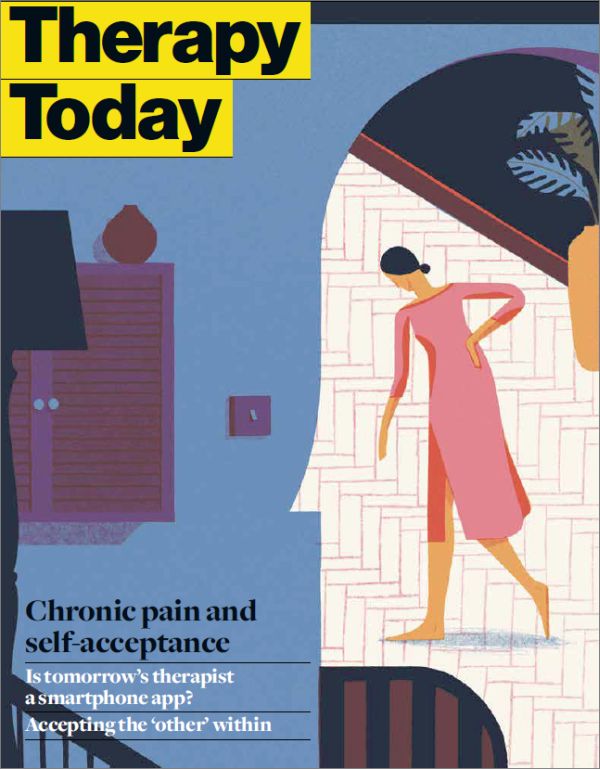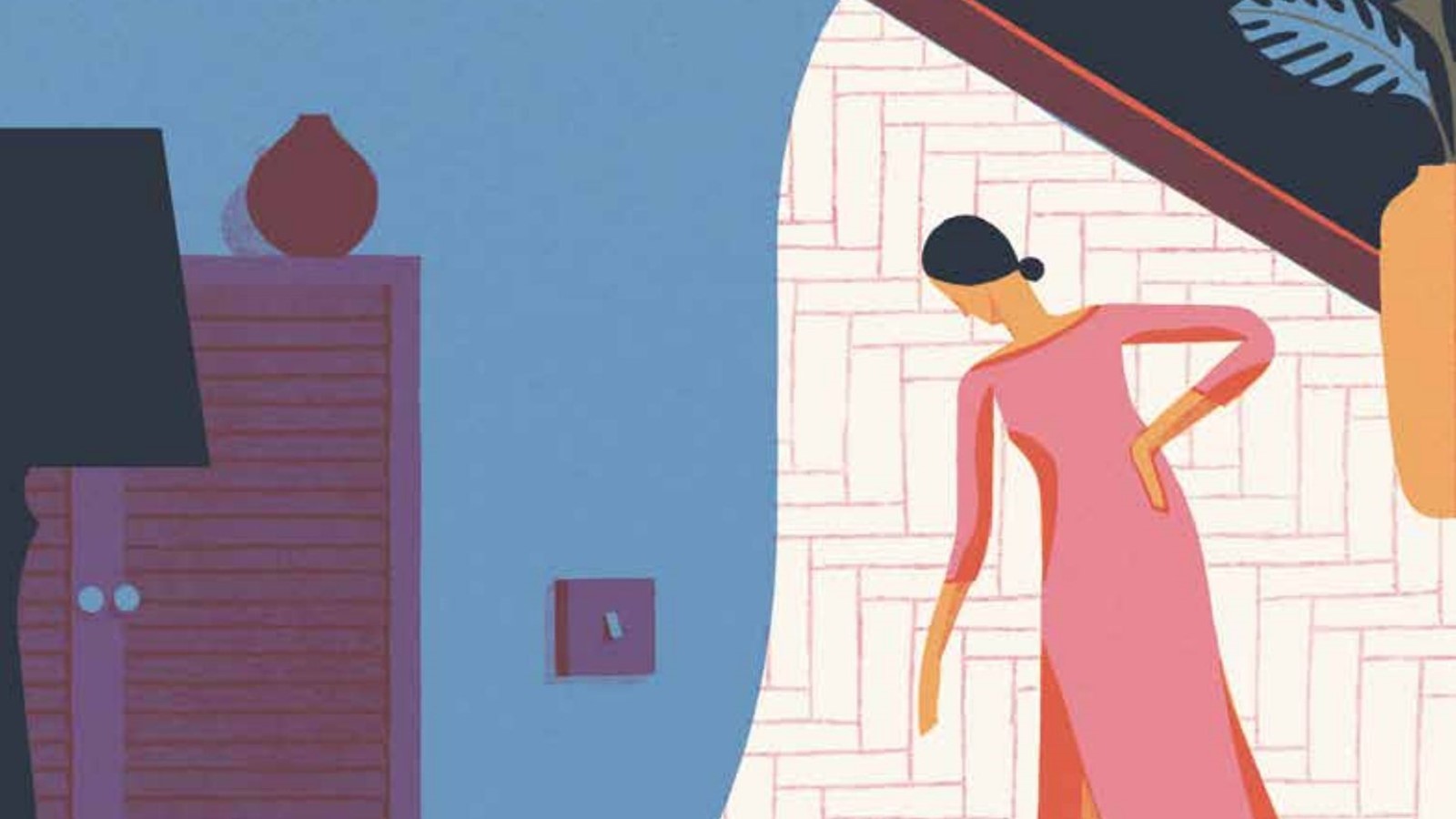In this issue
Features
Chronic pain and the self
Drawing on her own experience, Kim Patel describes how counsellors can help clients live with chronic, unexplained pain.
We are all of us other
Dwight Turner explores our fear of difference and that we too may be ‘other’.
Undiagnosed dyslexia
Undiagnosed dyslexia can seriously damage self-esteem in children and young adults, writes Sarah Olds.
When East marries West
Sara Hitchens highlights the potential cultural mismatches in East–West marriages.
The high price of empathy
Lisa Jenner investigates the neurological and physiological processes that make empathy so draining.
When the healthcare system causes harm
Linda Kenward researches the psychological damage caused by healthcare errors.
Regulars
News feature: Can software ever replace the therapist? (free article)
As the NHS seeks to expand access to talking therapies within limited resources, digital technology could provide the solution, writes Bina Convey
From the chair
Members may not be aware of BACP’s policy work behind the scenes, says Andrew Reeves
Strategy
Sarah Browne outlines BACP’s plans to engage more with the public, as part of its new strategy

A pdf of this issue is available in the Therapy Today archive
Editorial
Correlation doesn’t mean causation. The correlation between the unremitting rise in mental health-related benefits claims and the steep increase in antidepressant prescriptions across the developed world is a case in point. Could the antidepressants themselves be exacerbating the problem? How come so few people recover from depression and come off the drugs? Why, if the drugs work, aren’t the people prescribed them back at work, working, too?
There is statistical evidence from long-term studies that people who aren’t prescribed antidepressants do recover, with time, and that they stay recovered. It’s also interesting to hear Joanna Moncrieff’s suggestion about emotional as well as chemical dependency on the pills; the message that we have a brain disorder that requires drug treatment has a profoundly disempowering effect, she argues. Why else do we continue to take the pills when they appear not to help?
Kim Patel lives with medically incurable chronic back pain. She knows what it is like to find your mental and physical horizons closing in as the pain limits what you can do. In proposing that the solution lies in accepting this drastically altered concept of herself, she is in no way suggesting the pain is ‘all in her mind’. She is simply pointing out the physiological truth that ‘pain perception resides in the brain, so it follows that the brain is where treatment [by which she means talking therapies, not medication] should be targeted’.
Continuing with this mind/body theme, we have Lisa Jenner’s fascinating article on the costs to the therapist of that quintessential, person-centred counselling tool, empathy. Why do so many people in the caring professions suffer burnout? A recent article in the New Scientist (‘How sharing another’s pain can make you sick’, 11 May 2016) offers an answer: emerging research suggests that regarding someone else’s pain with compassion, with the Buddhist concept of loving kindness, having a ‘feeling for, not with the other’, is protective of the therapist’s sense of self. But then Rogers knew that when he distinguished between what he called the ‘as if’ condition and the ‘state of identification’.
Catherine Jackson
Acting editor
